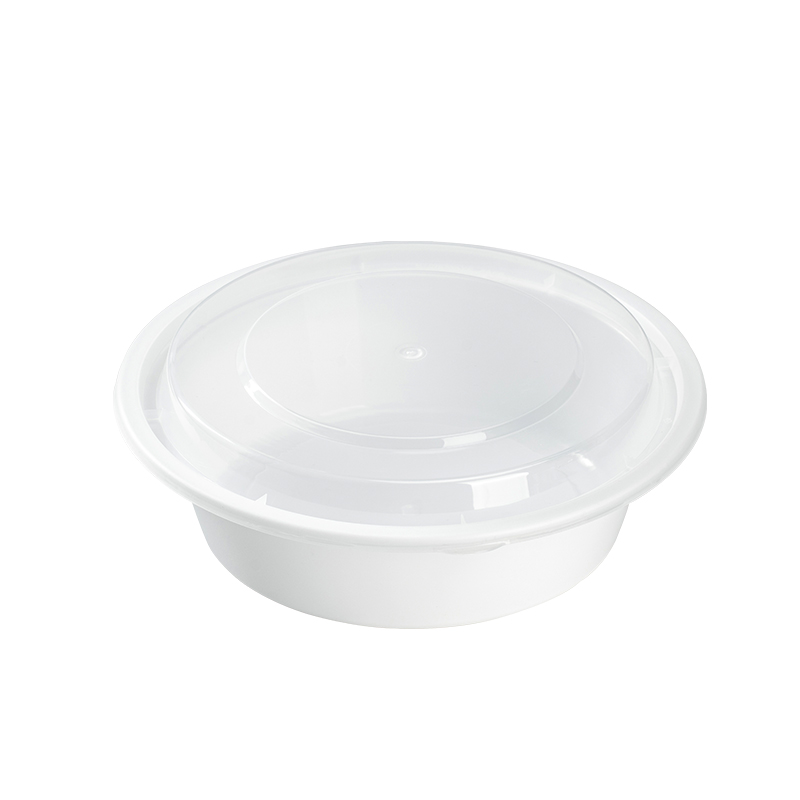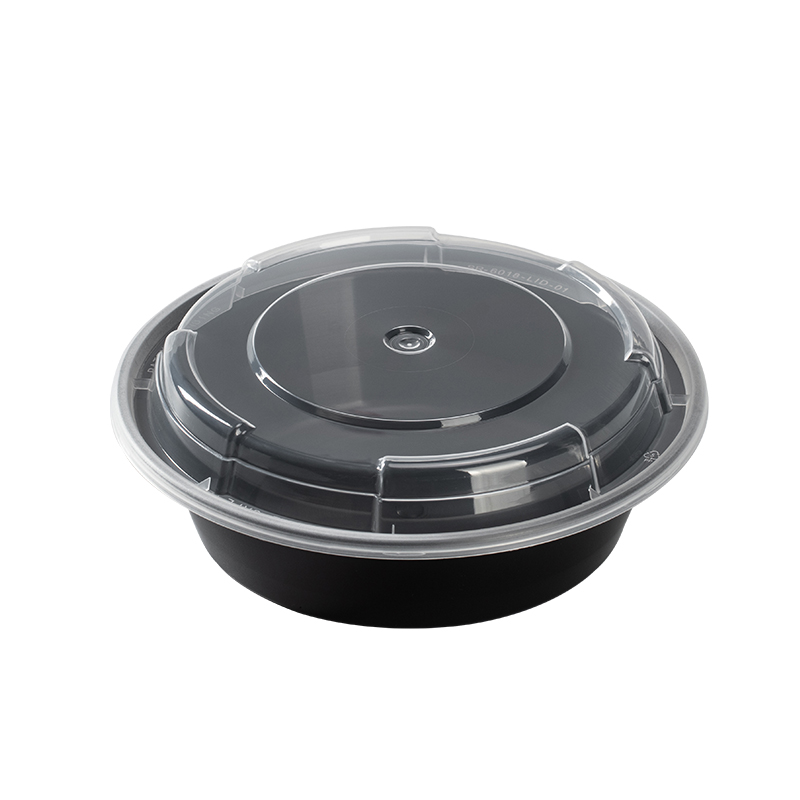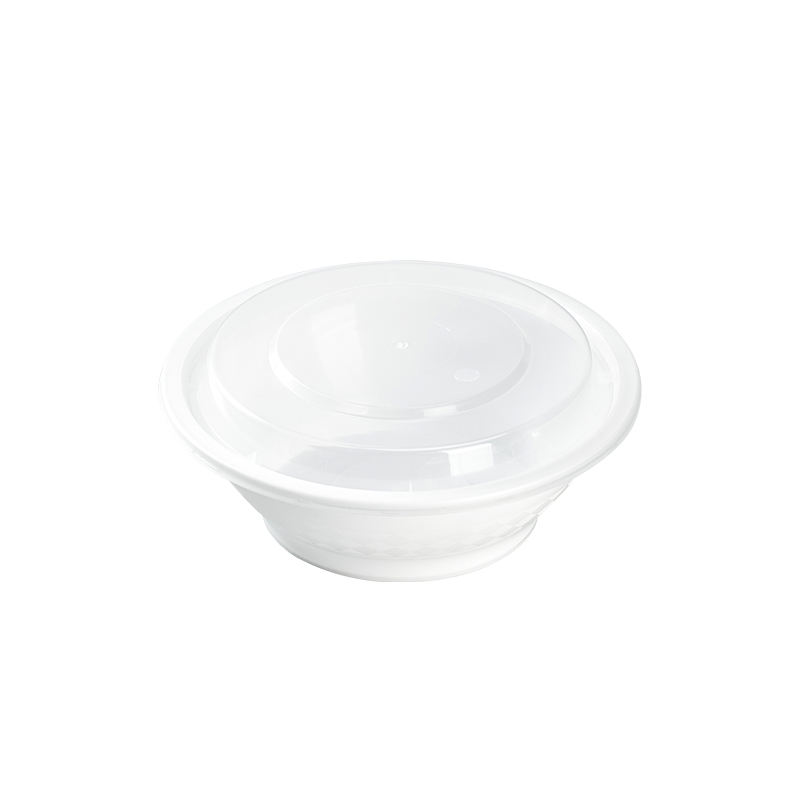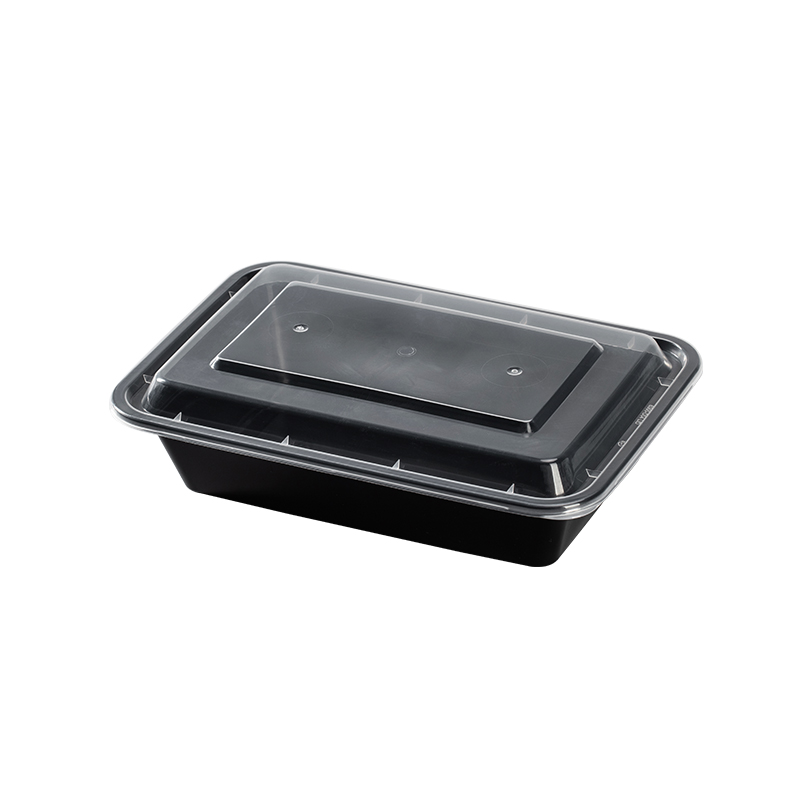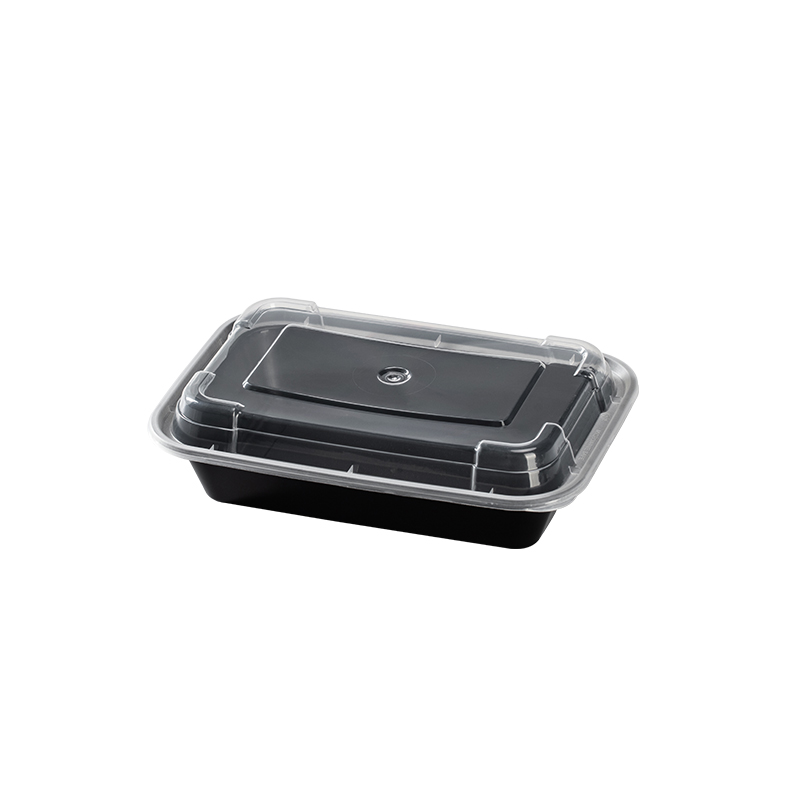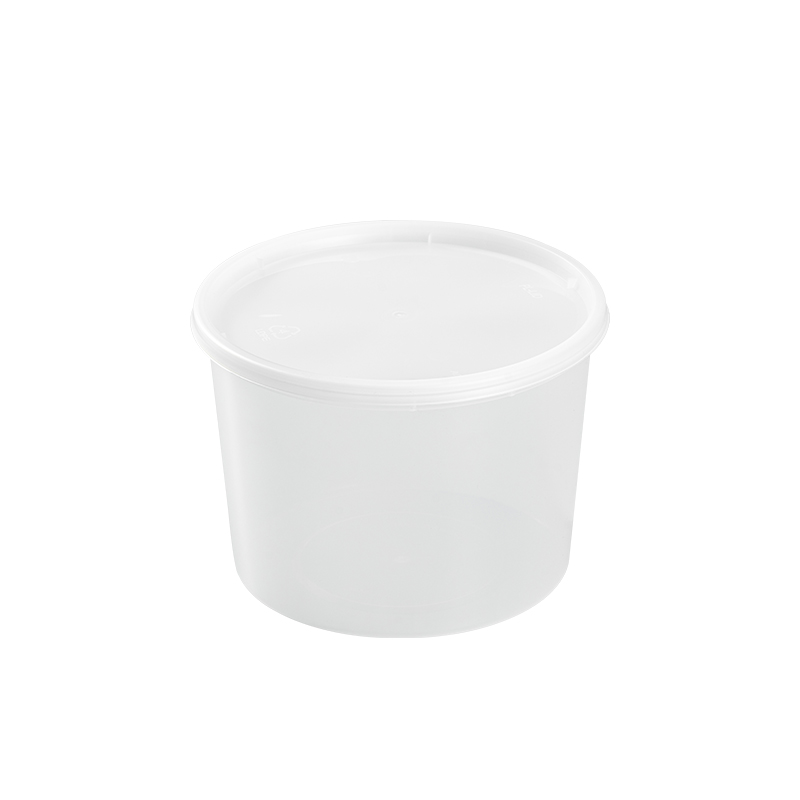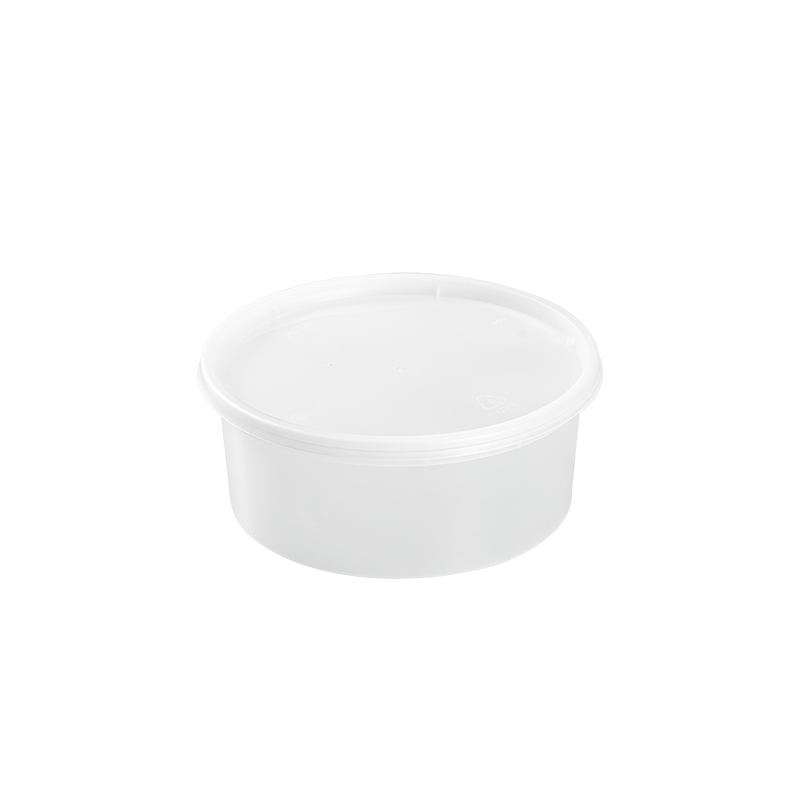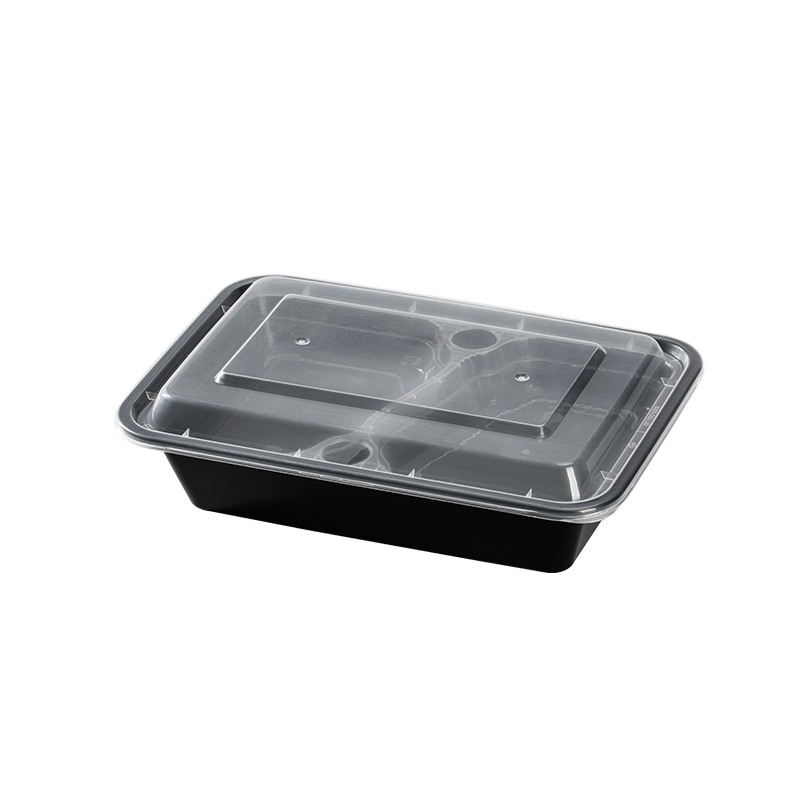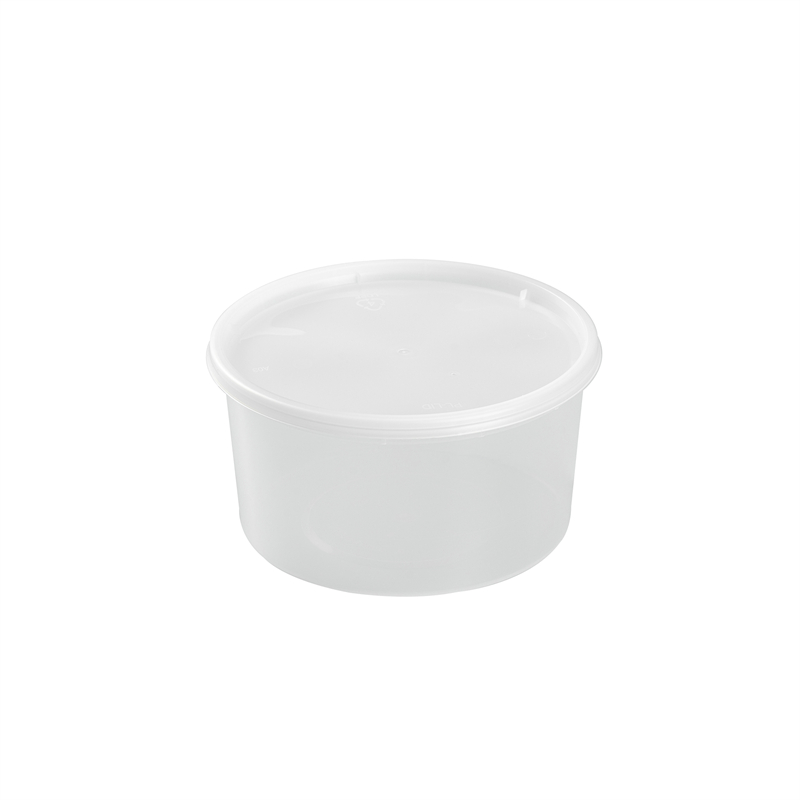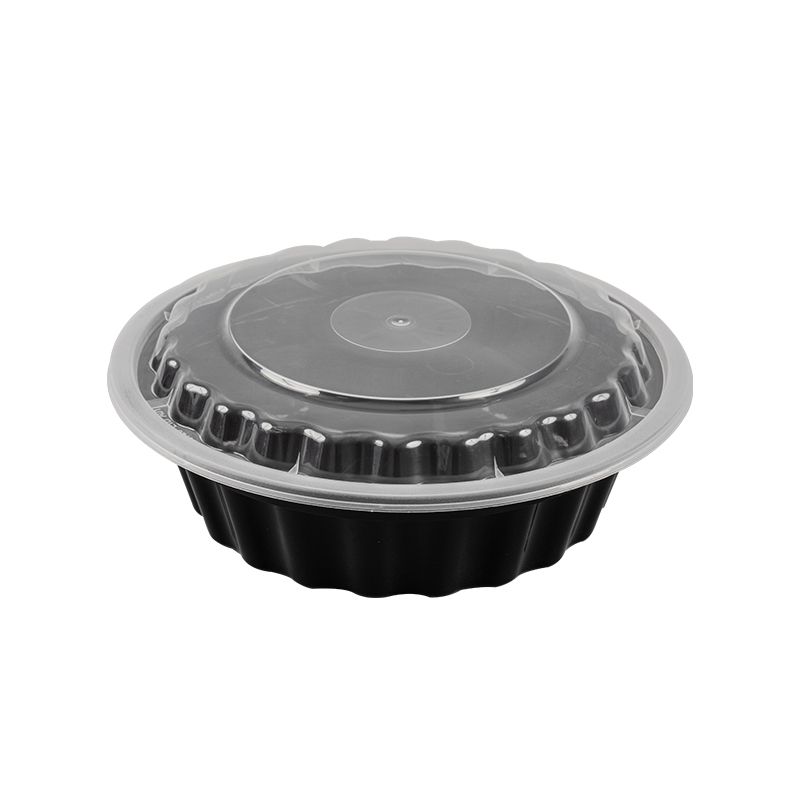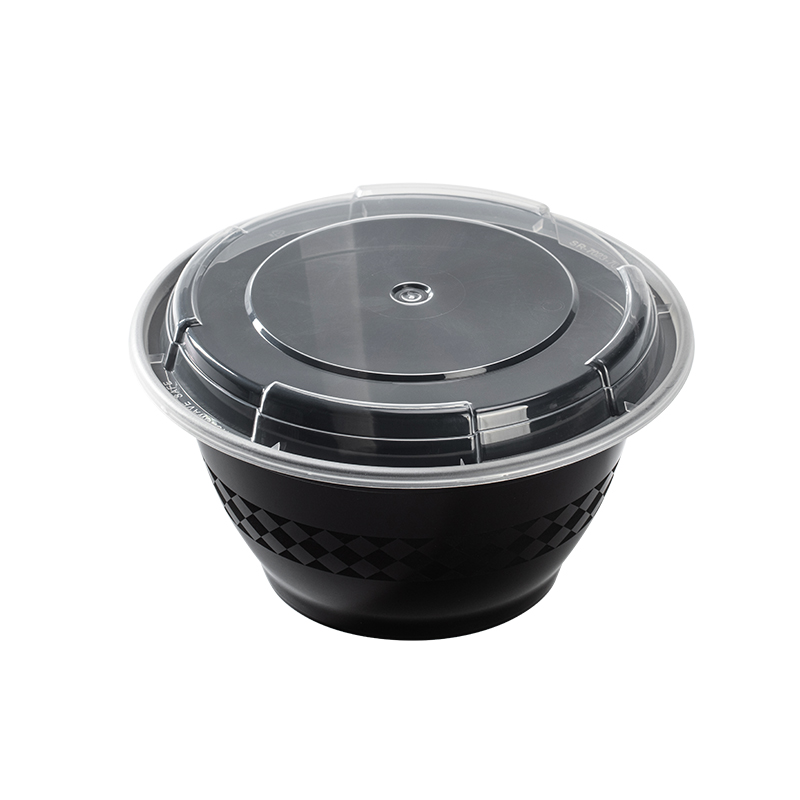What types of paper bags are there?
Oct 10, 2025
Types of Paper Bags
1. By Material
White cardboard: Thick and smooth, suitable for high-quality printing (210-300g/m²)
Coated paper: Smooth, high whiteness, good printing results, but slightly less stiff than white cardboard
White kraft paper: Environmentally friendly and tough, commonly used in reusable shopping bags (120-200g/m²)
Kraft paper: High burst resistance, darker color, suitable for single- or two-color printing
2. By Number of Layers/Structure
Single-layer paper bag: The simplest structure, suitable for lightweight goods.
Double-layer (overbag): Two layers of paper are laminated for increased strength and moisture resistance.
Multi-layer composite bag: Paper layer + PE/PP film or aluminum foil layer, combining rigidity and waterproofing.
3. By Application
Food bags: Used for packaging candy, baked goods, and fast food, often with moisture-proof treatment.
Gift bags: Emphasize appearance and decoration, and can use high-end paper and hot stamping.
Garment bags: These require stiffness and load-bearing properties, often made of kraft paper or double-layer construction.
Agricultural/Gardening Bags: These bags, such as fruit and seed bags, require breathability and waterproofing.
4. Classification by Function/Special Treatment:
Waterproof/Moisture-Proof Paper Bags: Surface waxing or lamination enhances water resistance.
Oil-Proof Paper Bags: Ink or special coatings are added to the inner layer, suitable for oily foods.
Degradable Paper Bags: Use FSC-certified paper to meet environmental requirements.
How can paper bags be improved in terms of waterproofing and moisture resistance?
Measures to Improve Waterproofing and Moisture-Proofing Performance of Paper Bags
1. Surface Coating or Waxing: Spraying wax emulsion or polyethylene (PE) coating on the paper surface creates a waterproof layer, significantly improving water repellency.
2. Composite Film Lining (PE/PP): Adding polyethylene film to the inside of a paper bag creates a paper-plastic composite bag that prevents moisture vapor penetration and is commonly used for moisture-proofing food packaging. 3. Multi-layer Structure Design
A double or triple-layer structure (paper-film-paper) is used, with interlayer bonding enhancing overall rigidity and moisture resistance, making it suitable for transportation and storage in high-humidity environments.
4. Production Process Testing and Quality Control
A water splash test is used to quickly assess the waterproofness level. When necessary, a more rigorous water immersion test is used to ensure compliance with national standards such as GB/T7350.
Pre-treatment to prevent moisture (e.g., spraying with a moisture-proofing agent) is performed before packing. After packaging, the product is stored in a dry and ventilated environment to prevent moisture from forming later.
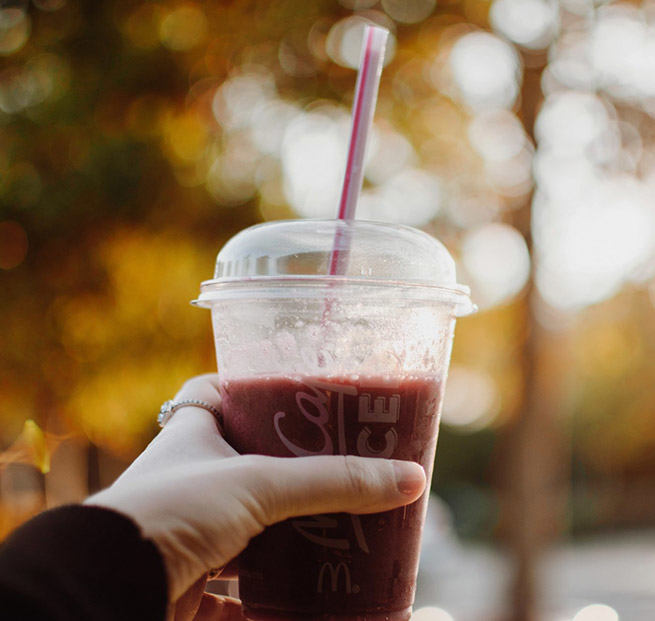
We are very glad that you came to JIEYU to purchase or customize, and we are confident to provide you with quality products and services.
 英语
英语 中文简体
中文简体







